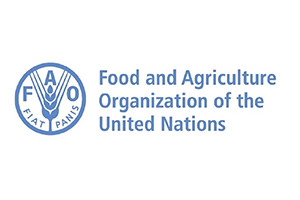Neglected and underutilised crops promoted

Also known as ‘neglected and underutilised’, ‘minor’ or ‘promising’ crops, orphan crops have been overlooked by research, extension services and policy makers. But is seems that these crops are being rediscovered.
FAO reports that scientists and policymakers are now beginning to recognize the value of so-called ‘orphan’ crops, affirming what local communities have known for generations. The African Yam Bean, the Desert Date and Ber (a stocky tree with a vitamin-rich berry) exemplify the paradigm. Though not traded internationally, they are uniquely adapted to their local environments and play a vital role in supporting diverse diets in Sub-Saharan Africa.
Adding new species
Neglected and underutilised species have been overshadowed by those in greater demand. Of the 30,000 edible plant species, a mere 30 are used to feed the world. Yet these neglected and underutilised crops can help to increase the diversification of food production, adding new species to our diets that can result in better supply of particular nutrients, i.e. essential amino acids, fibre, proteins.
Building a diverse and resilient cropping systems
“By expanding the portfolio of crops available to farmers, we can help build more diverse and resilient cropping systems,” FAO Assistant Director-General Ren Wang said. “FAO would like to encourage investments in researching and improving the productivity, adaptability and utilisation of neglected crops,” he added, announcing new efforts to promote wider use of neglected and underutilised crop species and their varieties in Africa.
Source: FAO











